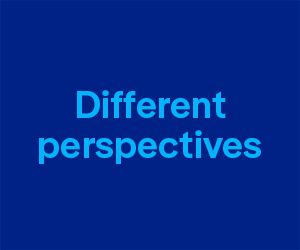MARKING A STUNNING break with the past, North American cable operators are now embracing telco-like PON (passive optical network) technology to deliver multimedia services over fiber-to-the-premises (FTTP) networks.
In a key move signaling this change, CableLabs recently announced that it would shortly issue a new set of standards for leveraging Ethernet Passive Optical Network (EPON) technology on fibre lines. The planned new specs are designed to provide a common way of using DOCSIS provisioning and back-office systems for supporting EPON-based fiber networks. Known as DOCSIS Provisioning of EPON (DPoE), the specs are intended primarily for commercial-class IP and Ethernet services.
However, industry analysts say, they could also be used to carry residential cable services over fiber lines someday.
Demonstrating broad industry support for the new CableLabs specs, such major U.S. MSOs as Comcast, Time Warner Cable, and Bright House Networks have all backed the move. In addition, large Canadian cable providers Shaw Communications and Cogeco Cable have signed up to implement the standard. Due to such support, cable industry experts expect DPoE to play a major role as cable operators move to extend their Metro Ethernet services to mid-sized and large companies.
The drive to adopt EPON and pair it with DOCSIS makes sense for several reasons, industry experts say. They cite both technical and economic factors for picking EPON as cable’s fibre standard, especially when compared with the rival Gigabit Passive Optical Network (GPON) spec that most telcos prefer.
For starters, EPON is "nicely priced," said Doug Jones, vice-president of access technologies at Comcast. Speaking at a Light Reading conference in New York last month, Jones noted that cable-friendly EPON gear is also available from many equipment vendors already. “The economics of EPON and GPON are about the same," he said.
Furthermore, Jones said, EPON is symmetric, unlike GPON. In addition, he said, EPON seems to be on a quicker upgrade path to symmetric 10 Gbps speeds, while a similar next-generation version of GPON is likely two years away. He also noted that MSOs will be able to swap in 10-Gig cards and turn on services without switching out their EPON customer gear. "Upgrading to 10-Gig is as seamless as it can be," he argued.
Jones explained that DPoE "spoofs" the DOCSIS back-office, so cable operators won’t have to learn a new provisioning system and train staff to operate it. "Why reinvent the wheel?" he asked. He added that EPON equipment offers cable operators a wide range of interoperable gear for their budding FTTP networks, enabling them to buy off-the-shelf equipment while preserving their DOCSIS back-office systems.
Plans call for putting DPoE to the test this year. CableLabs’ first DPoE interoperability event is slated to start this week. Additional interops are scheduled for the next three quarters.
Jones said CableLabs is also working on a "Phase II" DPoE platform, which will add support for more advanced Ethernet services, such as E-Line and ELAN. He expects those specs to be completed by November.
Beyond CableLabs, Jones said Comcast is now testing both EPON and DPoE in its labs. He said the MSO could start deploying the fiber technology "in a few markets” later this year.
The cable industry’s embrace of EPON for fiber networks comes at the same time that the Society of Cable Telecommunications Engineers (SCTE) is crafting its new Radio Frequency over Glass (RFoG) standard, which will let cable operators run fibre extensions off their existing plant without changing their equipment and systems.
Although RFoG doesn’t inherently support any PON technologies, several major equipment suppliers have already developed PON-enabled extensions of their RFoG gear, including Arris, Cisco, Hitachi, and Motorola.
Alan Breznick is a Toronto-based senior analyst at Heavy Reading, part of the Light Reading Communications Network.



